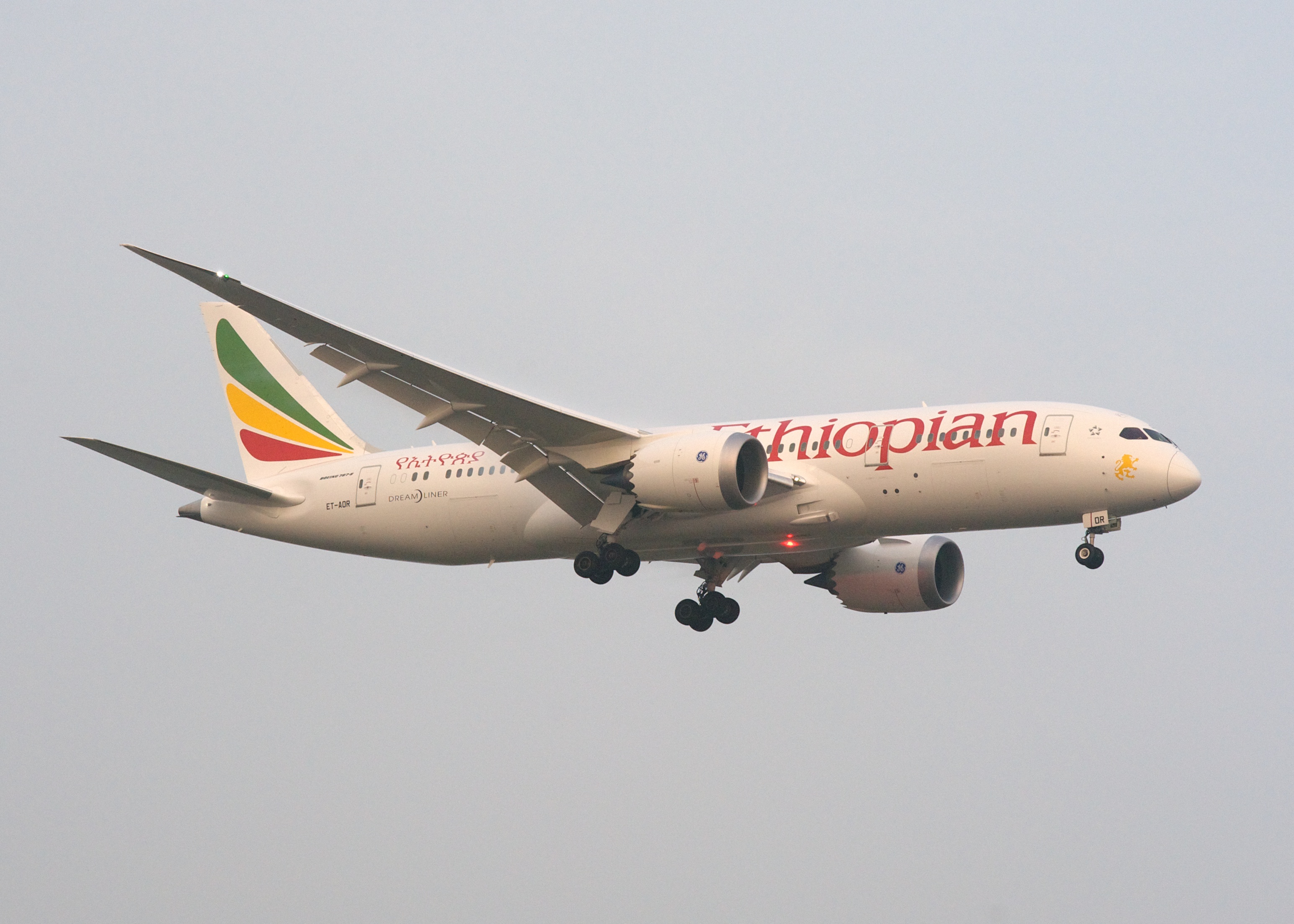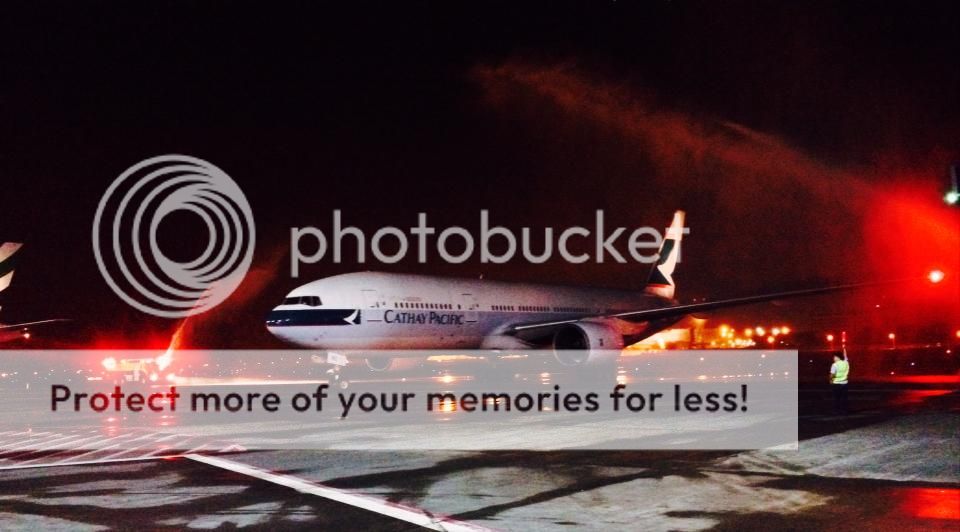10 October 2014
The Philippines and Ethiopia has signed a new Air Services Agreement (ASA) allowing their flag carriers to mount flights between the two countries.
The ASA was sealed in Manila yesterday granting 7 flight entitlements per week between Manila and Addis Ababa, and unlimited flights between Ethiopia and other airports in the Philippines.
"The Philippines and Ethiopia signed yesterday in Manila an Air Services Agreement (ASA) that defined the aviation relationship and the exchange of traffic rights between the two countries," Carmelo Arcilla, Civil Aeronautics Board (CAB) executive director said.
The CAB director said its agreement with Ethiopia allows intermediate stops in Singapore, Bangkok, Ho Chi Minh, India and the Middle East.
Ethiopean has filed with CAB proposed air services between Addis Ababa and Manila via Hong Kong using Boeing 767-300/787-800 planes three times a week but their application was put on hold due to non availability of landing slots at the requested time in Manila.
The airline has since revised its application with either Bangkok or Singapore as stop-over on the way to Addis Ababa with the same aircraft and frequency but different time schedule.
Arcilla said that Ehiopean Airlines has sought the ASA to fly Manila either via Hong Kong, Bangkok, Ho Chi Minh and Singapore with fifth freedom rights considering the current traffic between the Philippines and Ethiopia is small but only Bangkok and Singapore were granted as they are allowed beyond right by both countries while Hong Kong stops were not granted by the Chinese government.
The airline finally applied for Addis Ababa- Bangkok-Manila route with thrice a week flight beginning summer of next year.
Ethiopian has been cleared to land at Manila's Ninoy Aquino International Airport with their revised schedule and the airline is expected to use Terminal 1 once it commence flight.
The airline flies to Hong Kong, Beijing, Guanzhou, Shanghai, Singapore, Kuala Lumpur and Seoul.
Manila flight is seen either as replacement to the Addis Ababa-Bangkok-Singpore service which was terminated by the airline to be replace soon by direct B787 flight to Addis Ababa in April 2015 or a tag-on service from Singapore says Arcilla who clarified that route planning depends upon the airline.





